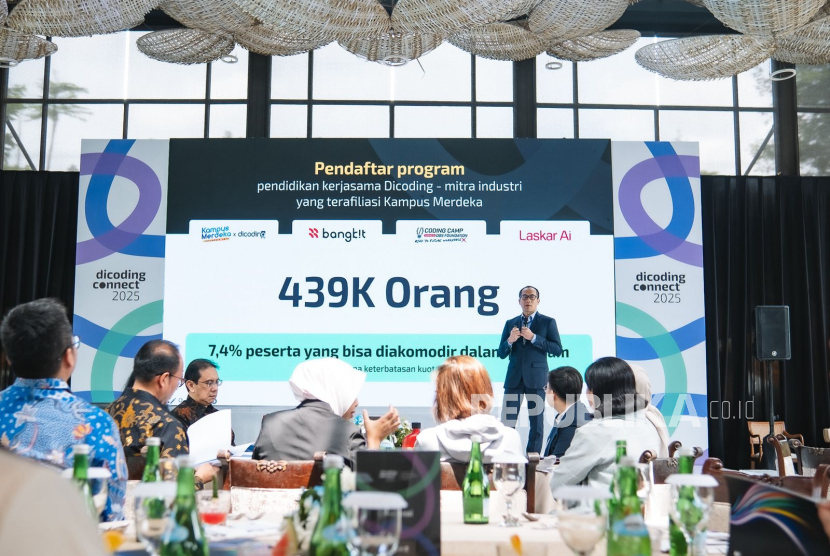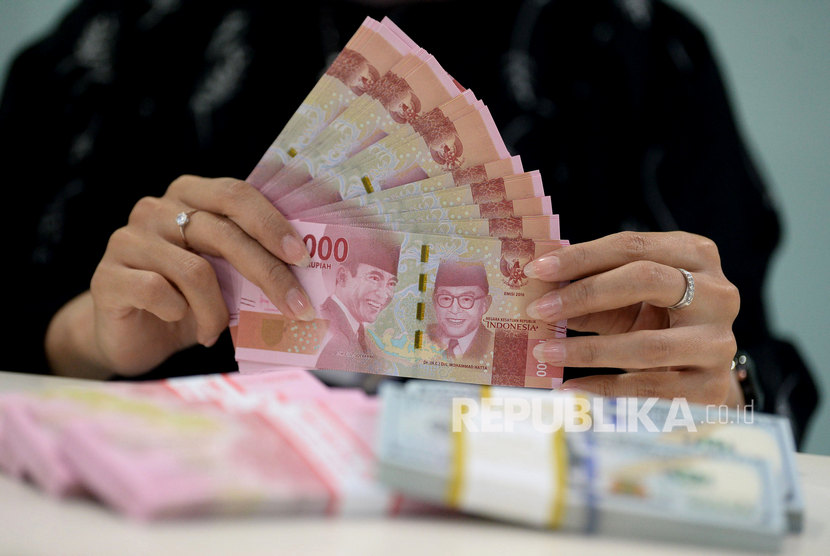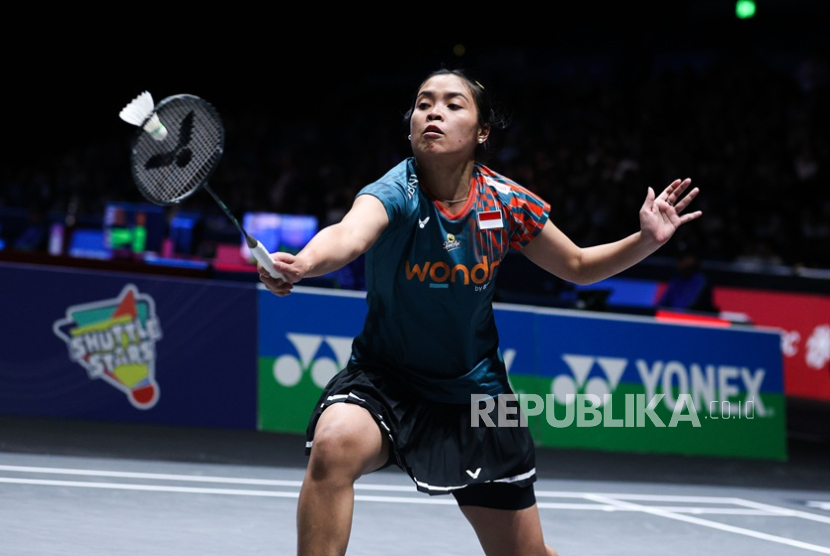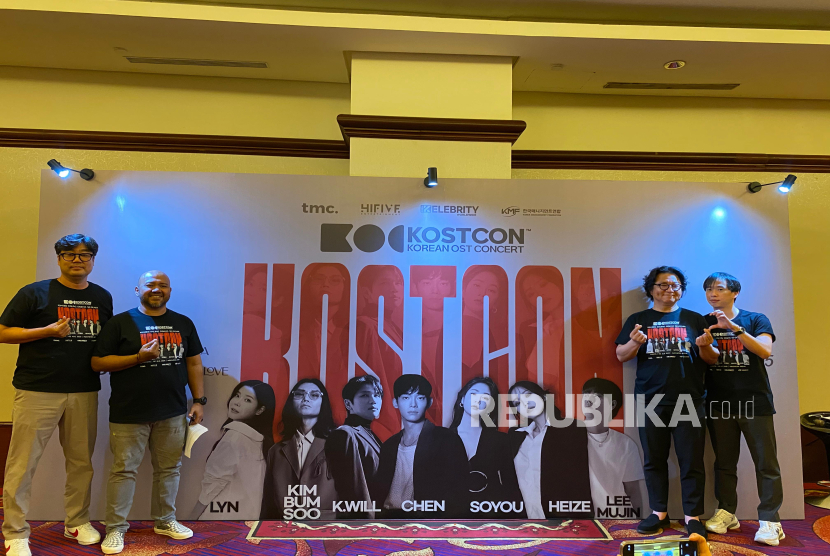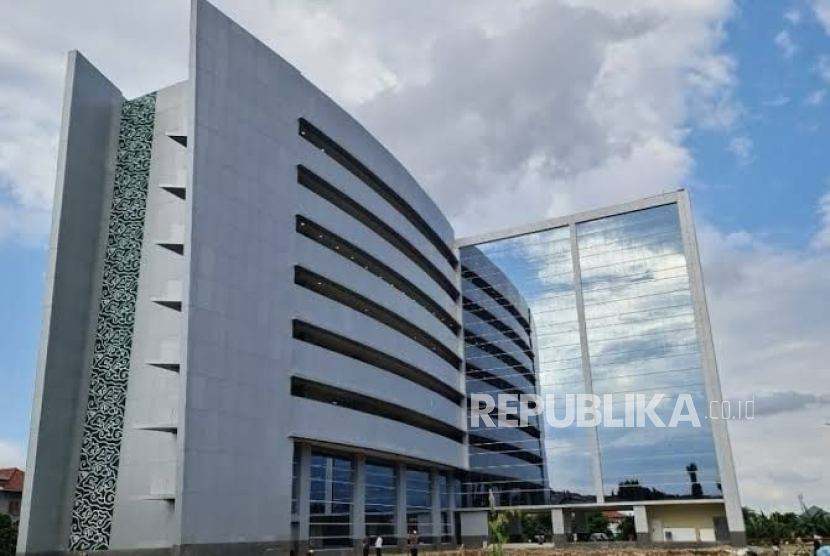
Oleh : Farash Farich, Chief Investment Officer of BNI Asset Management*
REPUBLIKA.CO.ID, JAKARTA -- Indonesia fixed income and equity markets have been performing very well post-Liberation Day! The LQ45 Index, which tracks liquid large-cap stocks, has booked a total return of 26 percent, in USD terms, beating CSI300 Index in China by almost 15 percentage points and NSE Nifty 50 Index in India by around 11 percentage points. Meanwhile, performance of the IBPA Bond Composite Total Return Index achieved close to 9 percent, in USD terms.
The strong assets performances were influenced by de-escalation of two wars; the trade tariff war and Iran-Israel war, and also continuing weakness in US Dollar assets due to concern on credit worthiness of the US Government. Those factors have lifted emerging market assets prices. Indonesia, in particular, gets more benefits due to compelling valuations.
Domestic factors have played a more important role in the asset prices rebound. Lower valuations of stock and bond in Indonesia have helped outperformance of those assets over comparable assets in the region. The LQ45 Index is still traded at a Price-to-Earnings ratio that is around 2-standard deviation below its historical average. While the yield of 5 and 10-year Indonesia Government Bonds are traded at around 500 basis points premium over the inflation rate, more than twice higher than their historical average.
Year-to-date 2025, foreign investors added an investment of USD 2.5 billion in Indonesian bonds but reduced exposure in Indonesia equity by USD 2.4 billion. During market rebound in April and May, overall investors added investment in fixed income and money market funds by Rp 10 trillion and Rp 4 trillion, respectively. Despite stronger returns, investors did not add significant investment into equity funds whose asset class only grew by Rp 600 billion during the same period. This reflects the persistent low risk appetite of investors toward equity.
Strong performance in bonds can be attributed to support from domestic and foreign investors. Rebound in equity, on the other hand, has been driven mostly by domestic investors. Weight of Indonesian equity in global index such as MSCI APAC and EMerging Markets only account for 0.9 percent and 1.4 percent, respectively, which almost halved in the last 10 years explain partly low investment in Indonesian equity by foreign investors. The other part is due to stagnant growth in earnings per share and lower return on equity, on an aggregate basis, of publicly listed companies in Indonesia.
Improvement in earnings per share and return of equity may take time, therefore, foreign investors' support in the equity market may be afar. However, recent rebound has shown that it may not need to wait for foreign investors’ net inflow to have a continuous positive performance in the equity market as we do not need to wait for aggressive cuts in Fed Fund Rate and BI RRR to see rebound in the bond market.
In the second semester of 2025, bond market should continue its positive performance both at the short and long-end of duration with similar low volatility as in the first semester, even without the central bank’s rate cut. High real return from low inflation rate, additional liquidity from loosen monetary policy and consistent demand from domestic institutional and individual investors should be the main support of the performance. Short-duration bond funds with majority corporate bonds in its portfolio can outperform short- and long-duration government bond funds by a slight margin. Investors can continue prioritizing investing in bond funds to meet their short-term objective.
Similarly, equity has also a positive performance outlook. Although earnings per share outlook is still low in the next 12 months, the current low price-to-earnings ratio and high dividend yield have the potential to deliver an average of mid to high teens annual total return in the next 3 years. However, volatility can be expected to be still high amid risk of resurgence of trade war, geopolitical tension and slowing global economy growth. To reduce portfolio volatility, a combination of 50:50 and 70:30 between bond and equity funds may deliver decent investment performance of around 8 percent-10 percent per annum.
To optimize return, investors can put more focus on limiting investment mistakes which can cause permanent damage. The mistakes may include increasing risk exposure in credit, duration or valuation in exchange of unjustified potential return. The other mistake that needs to be avoided is to time the market which usually results in an investment plan without execution or buy high sell low action.
High portfolio turnover from playing catch-up with momentum for sectoral rotation may also increase risk of mistake. On the contrary, regular investment based on fundamentals and valuation and regular rebalancing of portfolio are more efficient in achieving each investment objective. Waiting for uncontrollable catalysts such as net inflows from foreign investors and rate cuts are also not advisable.
*This article is a personal opinion of the writer.

 5 hours ago
7
5 hours ago
7







